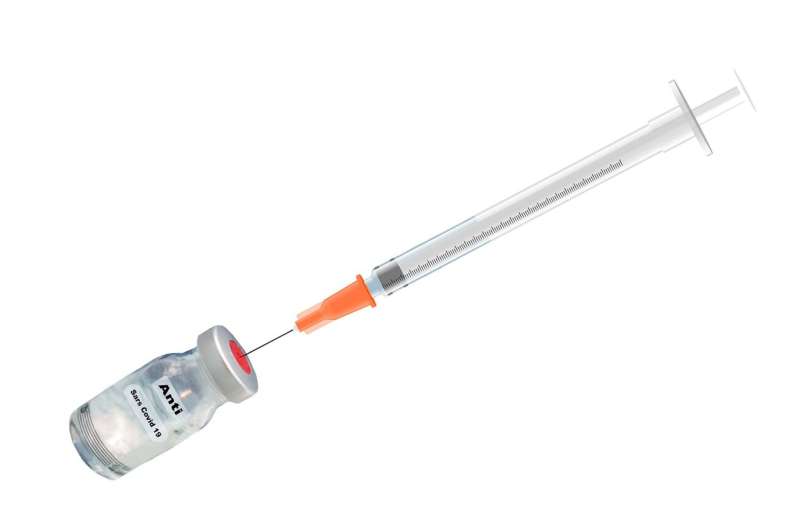International study reveals COVID-19 vaccination rates among people living with HIV

COVID-19 vaccination is especially important for immunocompromised individuals, such as people living with HIV, who face higher risks of developing severe symptoms and dying from COVID-19. A team led by investigators at Massachusetts General Hospital (MGH) recently analyzed COVID-19 vaccination rates across the globe among people living with HIV, revealing an overall vaccination rate of 55% but with rates varying significantly by geography.
“To our knowledge, COVID-19 vaccination rates among people with HIV have not yet been reported. Our goal in this study was to leverage data from the Randomized Trial to Prevent Vascular Events in HIV—or REPRIEVE—to look at vaccination rates among a global HIV cohort,” says Steven Grinspoon, MD, chief of the Metabolism Unit at MGH and senior author of the study, which is published in The Journal of Infectious Diseases.
REPRIEVE is a cardiovascular prevention study being conducted in people living with HIV in multiple countries. Grinspoon and his colleagues compared COVID-19 vaccination rates among REPRIEVE participants in different Global Burden of Disease super-regions that exhibit similar cause-of-death patterns: high-income (the United States, Canada, Spain), Latin America and the Caribbean (Brazil, Haiti, Peru, Puerto Rico), Southeast/East Asia (Thailand), South Asia (India), and Sub-Saharan Africa (Botswana, South Africa, Uganda, Zimbabwe). The researchers also looked for additional characteristics associated with COVD-19 vaccination, including race, ethnicity, sex, body mass index, and cardiovascular risks. In addition, vaccination rates in REPRIEVE participants were compared with those from the general population.
In the 7,770 participants ages 40–75 years in REPRIEVE, 6,952 were active in REPRIEVE as of January 1, 2021. The overall vaccination rate was 55%, and rates were highest in the United States (72%), Peru (69%), and Brazil (63%), and lowest in South Africa (18%), Uganda (3%), and Haiti (0%). Rates were highest in the high-income super region (71%), followed by Latin America and the Caribbean (59%), South Asia (49%), Southeast/East Asia (41%), and Sub-Saharan Africa (18%).
Vaccination rates among REPRIEVE participants were similar to those seen in the general population in most Global Burden of Disease super-regions. Vaccinated REPRIEVE participants were more likely to come from higher-income Global Burden of Disease super-region countries and to be white, male, older, have a higher body mass index, face a higher risk of developing atherosclerotic cardiovascular disease, and be taking antiretroviral therapy for a longer period of time. In high-income super-region countries, vaccination rates were higher among individuals who identified as white than those who identified as Black.
“As this is the first report of vaccination rates among a large, international cohort of people living with HIV from diverse Global Burden of Disease regions, these findings inform the field on overall and region-specific vaccination rates,” says Grinspoon. “Given that the data highlight major inequities in rates across regions, public health officials should use these data to increase efforts to provide access to vaccines for people living with HIV, particularly in those groups vulnerable to COVID-19 morbidity and mortality.”
Source: Read Full Article
